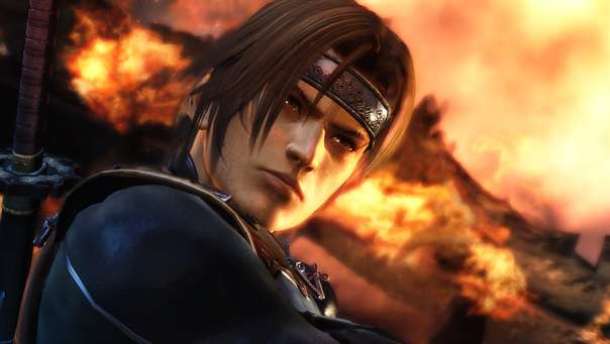Did you ever thought games can be art? Thatgamecompany certainly seem to think so. It is the art house cinema of the gaming world, and after some time spent in its world it would be hard to deny that games cannot be beautiful, complex and as rich with meaning as any other media.
Waking in the desert your “Little Foxy Man” (as my wife calls it) is entirely alone. There is no tutorial and no mission brief, yet it is immediately clear that you are to head for the large mountain in the distance. In this fashion your progress is entirely linear, yet you feel as if you are advancing on your own terms.
Advancing is pretty much ‘it’ in terms of gameplay. You can fly for short periods after obtaining a magical scarf, and there are light puzzles, but for the most part you push towards the mountain; unaware why you are going, but driven nonetheless. There is even a story of sorts revealed through occasional short cut scenes and strange magical murals that can be found hidden throughout the world. This story is vague and enrapturing, impossible to understand but rich in symbolism and imagery.
The focus is not the story, but the journey itself. It is clear that it is a pilgrimage of sorts, and non-specific religious imagery permeates the ruins and temples you travel through, making the experience seem to be a spiritual journey. In fact Journey creates its own mythology. Are the stones that litter the landscape tombstones of other pilgrims? Are those flying carpets the remnants of a magical era? Are the snake-like machines that hunt you down instruments of war that ruined this world? These questions are never answered but serve to make the world believable, involving and immersive.
The world is not a place that must be explored alone however. A soft-multiplayer randomly drops other players in and out of your game. It genuinely draws a smile when another Little Foxy Man joins you on your journey. You cannot chat by voice or text: your only means of communication is a wordless squeak. Interaction involves jumping at each other and chirping like two pre-language children at play. One would never have expected a squeak to be so versatile, but in the context of the game world it is always clear what is being said.
Your journey through this place is magical and the vistas truly stunning. Every discovery is a triumph; every stage passed is a victory. Despite Journey’s short length (about an hour and a half) it has all of the ups, downs, thrills and spills of any great game. From the introductory curiosity and exploration to the endgame’s weariness, sadness and ultimate epiphany of sorts; this is a pilgrimage after all.
What also elicits a great deal of feeling is the truly astounding soundtrack by Austin Wintory. The soundtrack is always present but never intrusive, blending changing moods seamlessly together, and is as much a part of the journey as the gameplay itself.
If there is a downside to Journey it is the lack of real incentive to return to it after several playthroughs. The immersion of Journey is reliant upon experiencing the whole game in one go. Its extreme linearity and the fact that each play is nearly identical leave repeat plays reliant on atmosphere alone, which can only diminish with familiarity.
Journey is a game that will be cited for years as an inspiration or a blueprint to how games can be art. But, perhaps Journey is best experienced once, and when the destination is reached, to never look back.
Beautiful and essential, Journey misses out on reaching the summit purely for its short lifespan.


